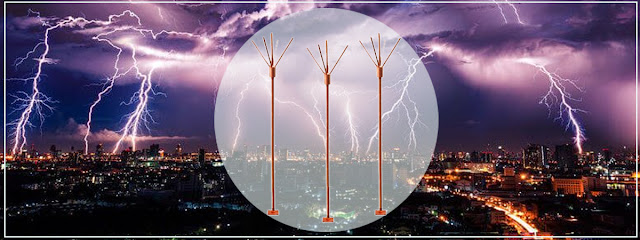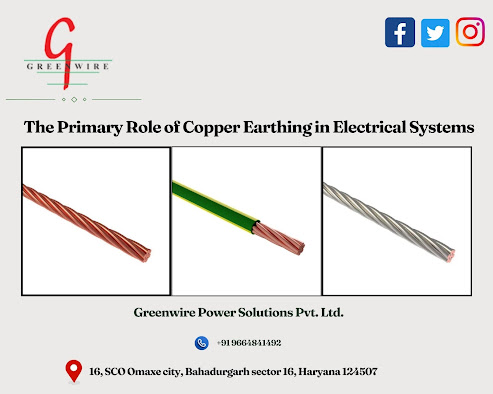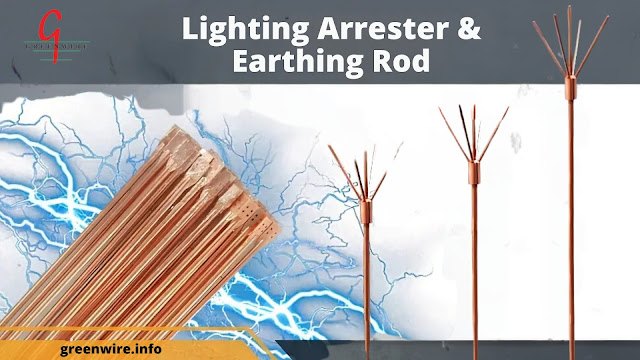What is the work Principle of a Conventional Lightning Arrester?
The basic idea behind a lightning arrestor is that a voltage spike will eventually reach the arrestor's installation site after passing through the conductor. Thus, it will temporarily dissolve the lightning arrestor's insulation, allowing a voltage spike to be released into the earth. The ground and conductor insulation will be restored as soon as the system voltage drops below the predetermined level. Additionally, the flow of electricity toward the earth will be halted.
All of the safety features that we have seen so far protect against direct lightning strikes. They do not, however, have much effectiveness in halting moving waves. This is when Lightning Arresters come in handy. Electrical equipment is protected from high voltage surges caused by lightning strikes by a device called conventional lightning arrester. They are usually placed atop transmission poles and other buildings to provide a straightforward path for lightning surge power to reach Earth. The fundamental design of a lightning arrester is shown in the accompanying figure. It consists of a spark gap and a series resistor.
The arrestor quickly diverts to the ground upon detecting an increase in voltage from the lightning surface, safeguarding the substation's linked electronics. The lightning arrestors for home do this by using a sequence of voltage-dependent resistors, such as metal oxide arrestors, that have high impedance under typical working circumstances and low impedance under surges.
By directing the lightning current to
the earth, conventional lightning arrester operates. Before it
gets an opportunity to harm the electrical system, it is made up of a zinc
oxide arrestor that is connected in parallel to the electrical system and
functions as a voltage-dependent resistor. When the voltage increases, the
arrestor’s impedance decreases from its high value to enable the lightning
current to travel to the ground. Lightning arresters that are linked to
substations function according to the same principles as other electrical
systems.



Comments
Post a Comment